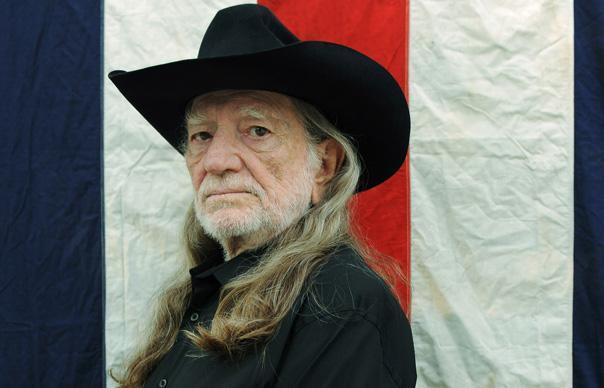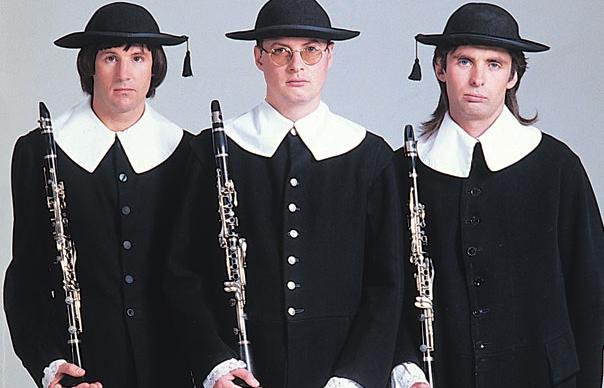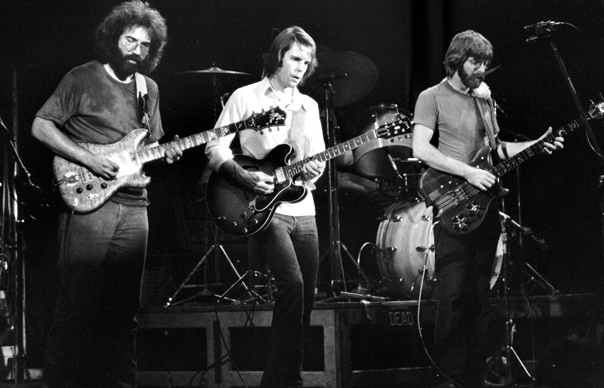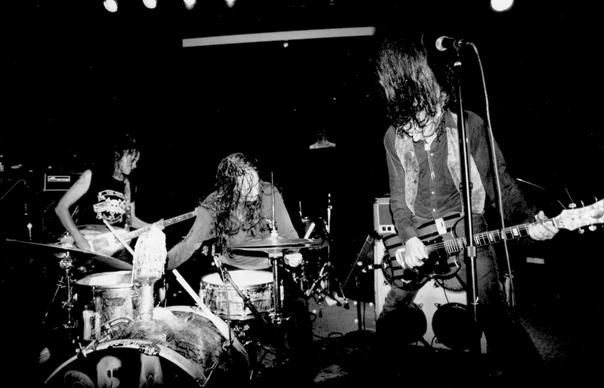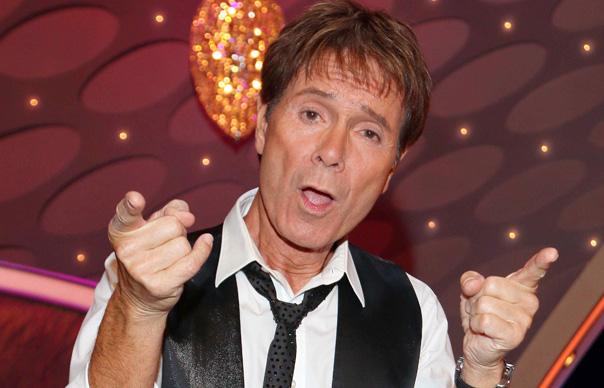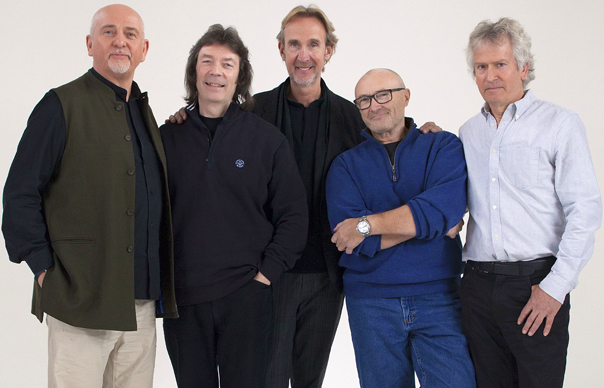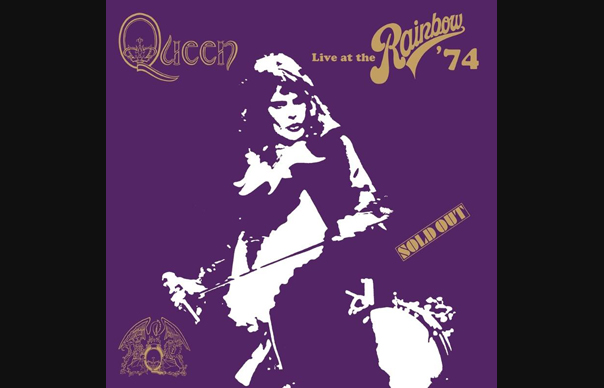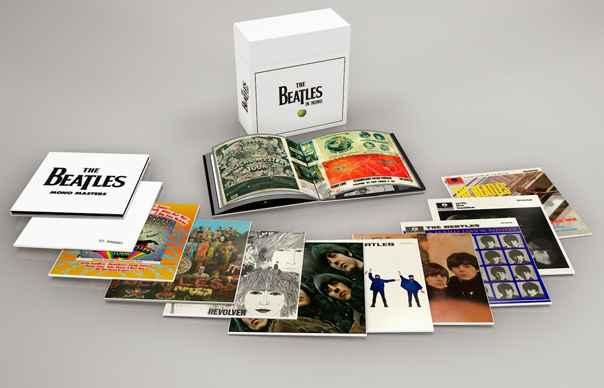Field music: Swindoners’ pastoral epiphany, finally as nature intended…
Never in quite the right place at the right time, XTC might have only ever delivered near-misses, had a miserable experience not thrown up a definitive recording.
A pastoral symphony recorded several thousand miles away from the band’s Wiltshire comfort zone, in a two storey shack down the hill from producer Todd Rundgren’s Woodstock home, the undulating curves of Skylarking evoke hillside drowse, buzzing meadows and sunboiled afternoons.
The reality on the ground was a prolonged battle of wills between Rundgren and XTC’s twinkly-genial but mule-stubborn frontman Andy Partridge.
”Todd and Andy were like chalk and cheese as personalities – they didn’t hit it off from the start,” recalled guitarist Dave Gregory. “Things just went from bad to worse. Andy was saying how much he hated the album, and when we returned home, he was very depressed about it – but having said that, Skylarking is probably my favourite XTC album.”
Partridge won’t go quite that far. This bucolic idyll is his second favourite. Maybe his third, after Apple Venus Volume 1 and Nonsuch.
Formerly a glam band called Star Park, XTC’s fast and bulbous-eyed take on punk rock was a bit too Tiswas for contemporary hipsters, with their mildly countrified Swindon accents casting them unfairly as a new wave Troggs with art rock ideas above their station. The fact that XTC had two singers and songwriters – the manic Partridge, and Beatle-Paulish bassist Colin Moulding – further confused their pitch, and while they had proper hit singles – Moulding’s “Making Plans For Nigel” in 1979, and Partridge’s mildly regrettable “Sgt Rock (Is Going To Help Me)” in 1980 – there was always the sense that the wrong people were buying them.
A top 10 smash with the game-changing ìSenses Working Overtimeî in February 1982 heralded a career-defining crisis, with chronic stagefright, blackouts and seizures prompting Partridge to retire XTC as a live act.
Whatever commercial momentum they had built up dissipated; tellingly, the increasingly intricate albums that followed 1982’s English Settlement – 1983’s Mummer and 1984’s clanky The Big Express – were comprehensively outsold by 1985’s 25 O’Clock, the patchouli-fog novelty record XTC put out as the Dukes Of Stratosphear.
Virgin records and Geffen in the US were nonetheless unwilling to give up on XTC, promising a serious effort at promoting their next album provided Partridge shut up and allowed himself to be produced. It was not an experience he was to enjoy. Lanky former Nazz man Rundgren pushed his buttons in more ways than one, and invaded his personal artistic space remorselessly; as Partridge told Uncut, the Something/Anything auteur worked out the running order of 1986’s Skylarking before the recording sessions had even begun, conceiving it as a day-to-night song cycle, a metaphor for mortality and life eternal. He also came up with a – rejected – album title and cover concept, and responded to studio disagreements by calmly walking out, inviting the band to ìdick aroundî until they realised he was right.
However, if his arrangements on Skylarking are anything to go by, he was right more often than not. The chirping cricket and pylon hum mulch under “Summer’s Cauldron”; the rapturous segue into the woozy “Grass”; the dazzling Stravinsky meets Tollund Man curlicues around cathartic closer “Sacrificial Bonfire” – all give XTC’s songs an unprecedented scope, with this ‘corrected polarity’ edition casting warm sunlight into previously shady corners.
The credit is not all Rundgren’s, though. As Partridge acknowledged, Skylarking may be the only XTC album where Moulding and he seemed to be on a genuine musical par.
Regarded by Virgin as the band’s best bet in commercial terms, Moulding’s writing never had the undercurrent of mania, or the excitable twists of Partridge’s, but his weirdly inconsequential non-songwriting – simple, guileless, uncluttered – hits a lifetime-peak here.
His a la recherche du temps perdu bits about summer trysts in the countryside, “Grass”, and stolen moments of passion during lunch hour, “The Meeting Place”, start Rundgren’s cycle, and two more Moulding songs end it. “Dying” is dispassionate but beautifully weighted, and if the birth-death-renewal metaphor “Sacrificial Bonfire” sounds like something Moulding cribbed out of Reader’s Digest, his John Barley-corny chorus is – in every respect – a killer: “Change must be earnt/ Sacrificial bonfire must burn up the old/Bring in the new.”
With meaningful competition on both sides of the mixing desk, Partridge did not slouch either. The lachrymose “1000 Umbrellas”, Zombies/Simon and Garfunkel melange “Season Cycle” and “Summer’s Cauldron” – a hedgerow tour de force which memorably finds him “floating round and round, like a bug in brandy” – perfect the meandering melodies and juddering turns of tempo he played for fun with the Dukes of Stratosphear. Even the revved up “Earn Enough For Us” – a reasonably straight depiction of the struggles of a family making ends meet – fits perfectly here.
For while the concept is high, Skylarking’s drama is low; small certainties and microscopic revelations predominate – which might explain why “Dear God”, with its everyman assault on theology, still doesn’t quite belong. Transfixed – like Van Morrison’s Astral Weeks or the Incredible String Band’s The Hangman’s Beautiful Daughter – by the simultaneous bigness and smallness of everything, Skylarking discovers eternal truths in the everyday. “A song as new as new moon, as old as all the sands,” chirrups Partridge with ecstatic urgency on east-west rhapsody “Mermaid Smiled.”
Timeless, in other words.
EXTRAS (8/10): An extra track whichever side of the Atlantic you are on; “Mermaid Smiled” was not on the original US LP, while “Dear God” was left off the original English version, and dumped somewhat unceremoniously at the end of the 2001 remaster. The “corrected polarity” redraft corrects a 28-year-old wiring problem, making the undergrowth in which Skylarking luxuriates lusher and deeper.
Jim Wirth
Q&A
ANDY PARTRIDGE
How did you link up with Todd Rundgren for Skylarking?
Virgin were desperate for something to happen in the States so they gave me a list of American producers and asked me to pick someone on that list. And I hadn’t heard of any of them – it was all like Randy Dinkleferber III: the sort of names that Groucho Marx would have made up. They sent me another list and Todd Rundgren was at the bottom of it. I mentioned it to Dave Gregory and he was an ultra-fan so he said: ‘We should do this, it’ll be great.’ Ironically, he made us sound more English than we ever sounded.
You really didn’t get on well?
No we didn’t. It was very difficult for me because Virgin basically told me to shut up and be produced, “because you’ll only ruin it and make it weird”. Todd wanted to process us through as quickly as possible, and we’d be fighting about the quality of takes. I hate sarcasm and he’s extremely sarcastic.
He produced the New York Dolls – I think they were the only people who have ever worked with him twice. His ego matches the size of the man. It was like one Brian Clough stood on the shoulder s of another – with a wig. It obviously got everyone down cause we were fighting and we never usually did, and then we got barred from mixing so it took quite a few years to realise he did a fantastic job. His people skills are like Hermann Goering’s.
Was the morning until night concept his idea?
Me and Colin sent him the demos and he called me one night just to introduce himself and he said: “I’ve got the running order.” I was a bit surprised because you don’t usually have that until you’ve recorded everything. He had this idea that it was all happening morning to night, like a summer’s day, or like the order of someone’s life. At one point during the recording, he leaned over the mixing desk and said: “I’ve drawn your cover for you,” and I thought “God, this man’s arrogance has no end”. He’d drawn two railway tickets, and he said these are two railway tickets and the album should be called Day Passes.
You have reverted to the rejected ‘cock and fanny’ cover.
I thought the record had a kind of pagan outdoorsiness, and I wanted a Lady Chatterley’s Lover thing of like meadow flowers woven through male and female pubic hair. Virgin had a mock-up sleeve made and all the big chains and they all said they wouldn’t stock it. As a last minute panic I did a parody of a poster by a fellow called Hans Erni – it was something to do with the Swiss tourist board. The original title was Down and Butter Sun Field Magic ‘cause that was all the things I thought it sounded like. Plateful of Paradise was another title it had for a while. Skylarking was a phrase my father used all the time – he was a navy man and it literally meant messing around in the rigging.
You and Colin Moulding are on a par for who has the best songs on Skylarking.
This is the most songs that Colin ever had on an album, and the reason is that it’s probably his best batch of songs. He doesn’t write that many. The two singles [“Grass” and “The Meeting Place”] were his but Virgin were still in the ìeverything that Colin does is magic cause of the hitsî mindset. I was the weird one with the glasses who just made weird music. I thought Colin had a great sense of melody – a little more refined than mine – but his lyrics weren’t as good.
“Dear Godî” has been incorporated into the record; is that still a song you are uncomfortable with?
It’s a great subject and I really wanted to write a song about it, and I thought to myself I might have failed; you could do a boxed set of it and not scratch the surface. Our A&R man at Virgin, Jeremy Lascelles asked for it to be taken off the album ìbecause it’ll upset the Americansî. It was a B-side then an American DJ started playing it and the switchboard lit up like a Christmas tree. It pleased and upset equal amounts of people. I got hate mail for it – a lot of hate mail and a couple of nice books trying to save my soul.
The albums XTC made before and after you quit touring are completely different. Why was that?
We never intended to be like that – we just kind of became like that. When we started it was all very noisy and futuristic, but that soon wears off and you start to sing with your voice, and you stop worrying about whether things have been done before. It doesn’t matter. Human beings have been done before in every possible way – I don’t feel like I was copying anyone, I was just being me, finally. There’s huge dollops of psychedelia in my make-up cause of the things I listened to when I was growing up.
How do you feel about it the new mix of Skylarking?
It’s like 40% or more better. I got it to a masterer called John Dent – his ears are fantastic – and he said the polarity is wrong on this record. It’s a very common problem. He said at some point in the mix – probably from the multitrack down to the stereo – there’s been some mis-wiring in the studio, and we were like ‘whoah – that would explain it’, because when the album first came over to us in the 80s we all said ‘oh no this is horrible – mix it again’. So Todd Rundgren did it again and then refused to do it a third time. We thought it sounds thin with no bass and it’s distant. Now it sounds like it did in Todd’s studio. At the time I said it was like one bunker with two Hitlers – we were like rams butting our heads together. It was unpleasant but the bastard did a great job. Except he should have done his soldering properly.
INTERVIEW: JIM WIRTH




